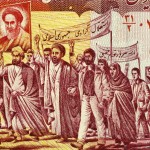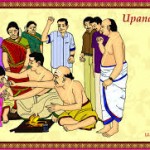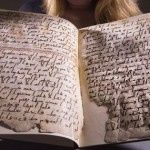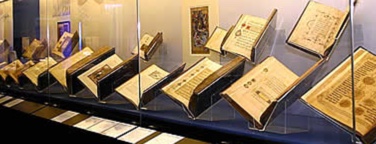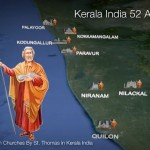Why does the Iranian government continue to criticize the United States after signing the nuclear accord that would unfreeze their assets? In short, it’s because of centuries of European and American exploitation. According to Annie Tracy Samuel in the current issue of Origins, Current Events in Historical Perspective, “the past is very much part of the present in Iran.” Called “Viewpoint Iran: The Past and Present of the U.S.-Iran Standoff”, the essay is one of the best and most readable... Read more

